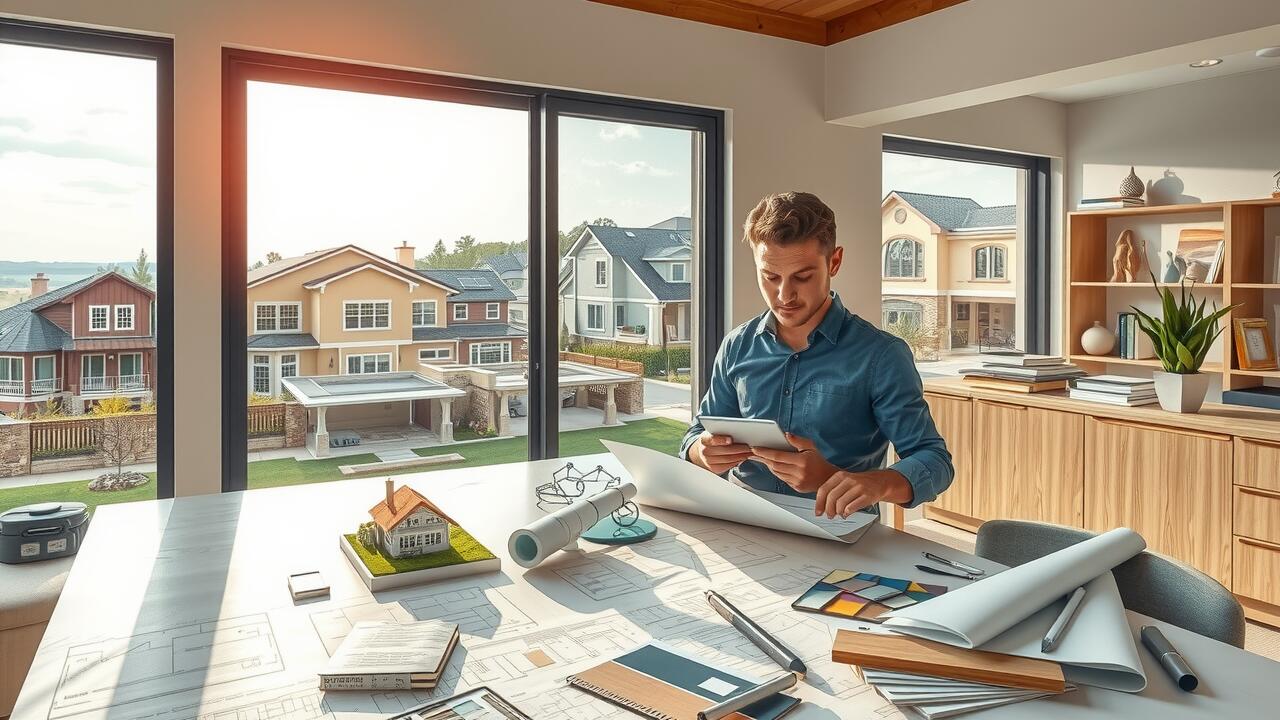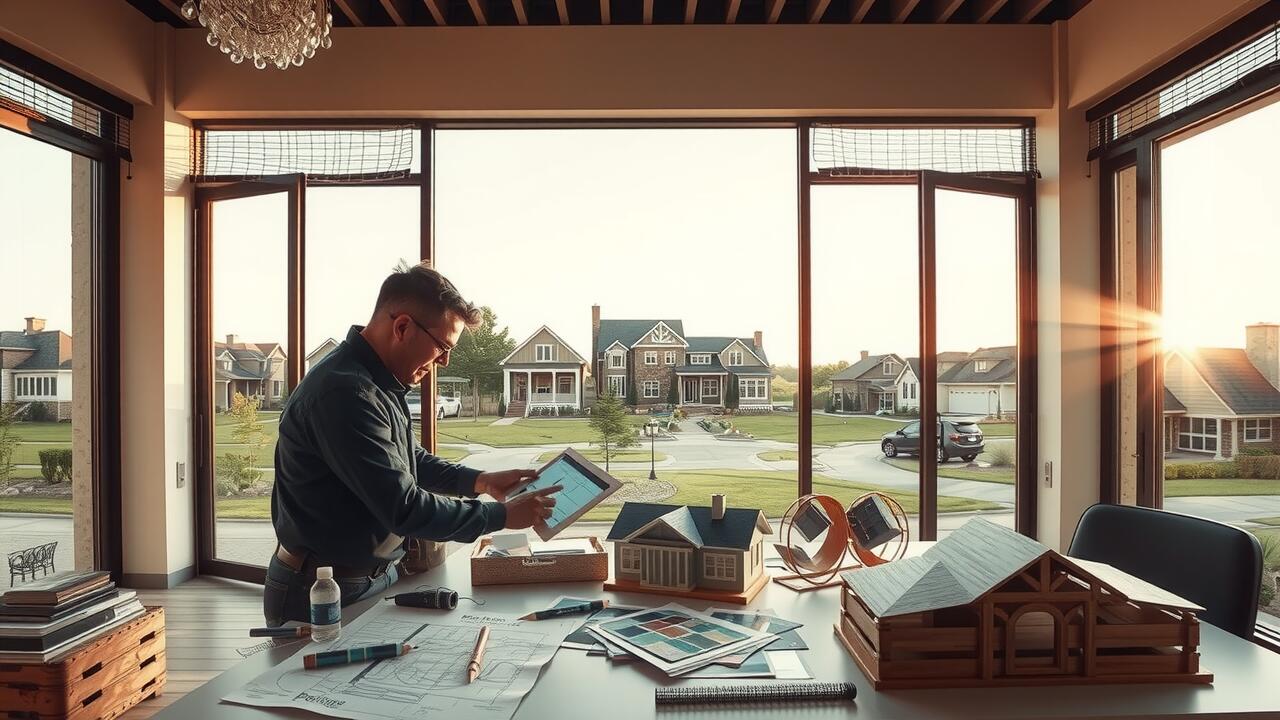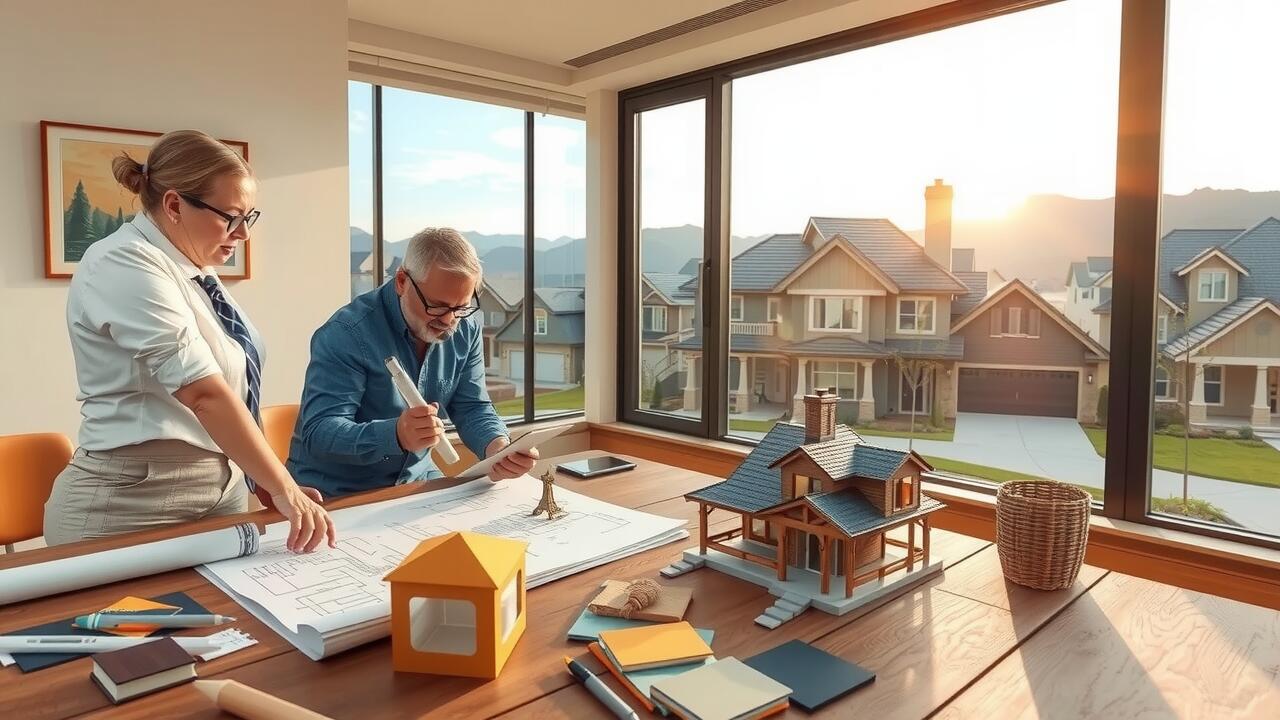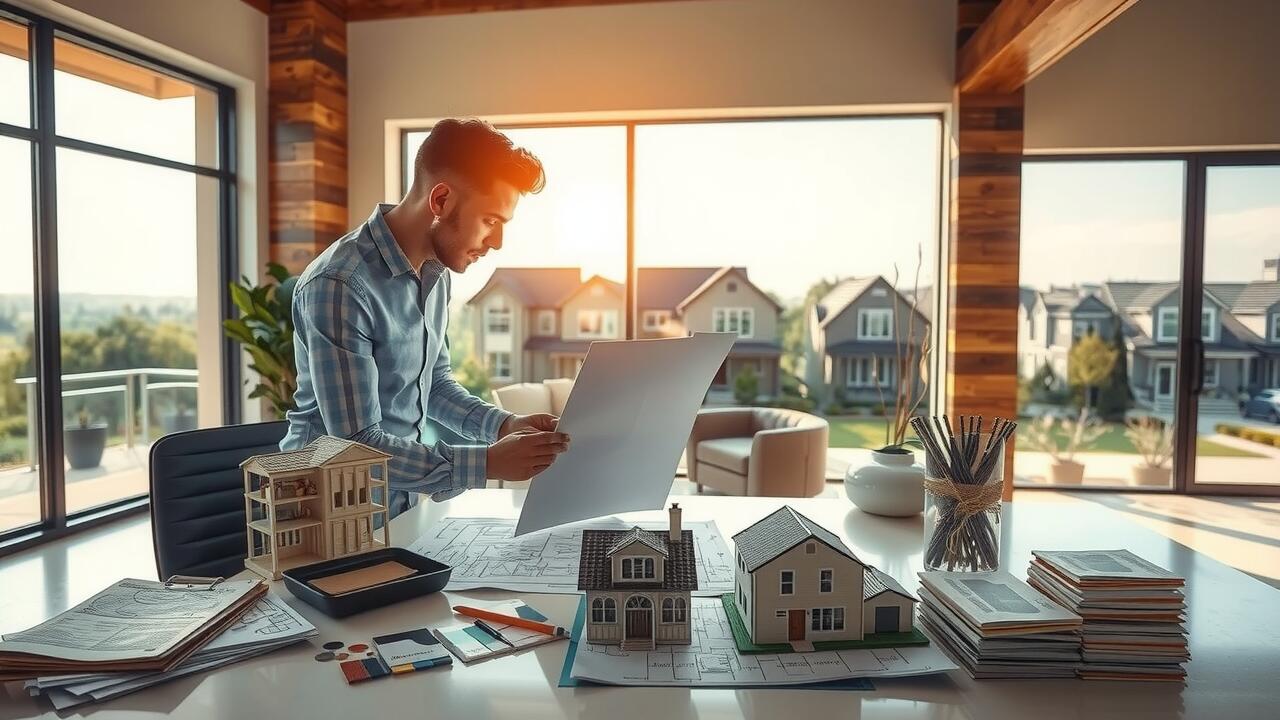
Table Of Contents
Pricing Structures in Custom Home Building
Pricing structures for custom home building can vary significantly depending on several factors. Homeowners typically encounter different pricing models such as fixed-price contracts, cost-plus agreements, and design-build agreements. Each model has its advantages and can influence the overall budget. Custom homes in Honby, Santa Clarita, may feature varying costs based on material choices, site conditions, and the complexity of the design.
In addition to the base price of construction, homeowners should consider additional expenses such as permits, land preparation, and utility connections. These costs can add considerable amounts to the final price. When investing in custom homes in Honby, Santa Clarita, it’s crucial to work closely with builders to gain a clear understanding of the pricing structure and any potential hidden fees that could impact the overall budget.
Understanding Cost Factors
When considering the cost of Custom Homes in Honby, Santa Clarita, several factors come into play. Location is a primary determinant, as land prices can vary significantly across different areas. The size and design complexity of the home also contribute to the overall expense, with larger layouts and intricate architectural details typically requiring higher investment. Additionally, the choice of materials, whether opting for high-end finishes or more budget-friendly options, can greatly influence the final price tag.
Labor costs represent another critical component in the budgeting process for custom home projects. Skilled workers in areas such as plumbing, electrical, and landscaping tend to charge premium rates, especially in competitive markets like Santa Clarita. Furthermore, permits and fees associated with building regulations can add unexpected expenses. Homeowners should budget for these elements early in the planning stage to ensure a smoother construction process and avoid financial surprises down the line.
The Building Process Explained
The building process for custom homes in Valencia, Santa Clarita, unfolds in several distinct steps. Initially, it begins with meeting the client to understand their vision. This phase often involves discussions about architectural styles, layout preferences, and budget constraints. During this stage, builders may also provide preliminary designs and cost estimates to ensure the project can align with the client’s expectations.
Once plans are finalized, the process transitions to obtaining necessary permits and approvals. Builders coordinate with local authorities to ensure compliance with zoning regulations and building codes. Following approval, construction begins, typically broken down into phases such as site preparation, foundation work, framing, and installation of utilities. Each phase is critical to creating a seamless and efficient workflow, leading to the successful completion of custom homes in Valencia, Santa Clarita.
Steps from Concept to Completion
The journey of creating Custom Homes in Honby, Santa Clarita begins with a detailed consultation between the homeowner and the builder. This early phase includes discussions about design preferences, budget considerations, and overall vision. Homeowners often bring their ideas to the table, while builders offer insights into what is feasible within the given constraints. This collaborative approach ensures that both parties are aligned before moving forward.
Once the initial concept is established, the process moves into the design phase. Architects and designers work closely with the homeowner to create blueprints that capture the essence of the envisioned home. During this time, various adjustments may be made to enhance functionality, aesthetics, and adherence to local regulations. After the design is finalized, builders prepare for the construction phase, laying the groundwork for what will soon become a dream residence in Custom Homes in Honby, Santa Clarita.
Sustainable Building Practices
Sustainable building practices are gaining momentum among custom home builders as more homeowners prioritize eco-friendly solutions. Architects and builders are implementing energy-efficient designs, which help reduce utility costs while also minimizing environmental impact. Features such as solar panels, energy-efficient appliances, and improved insulation are commonly integrated into new constructions. These eco-conscious methods not only contribute to lower carbon footprints but also enhance the overall living experience by maintaining comfortable indoor climates.
In Custom Homes in Canyon Country, Santa Clarita, builders are embracing innovative materials that promote sustainability. Recycled and locally sourced materials have become a standard choice, reducing transportation emissions and supporting local economies. Water conservation techniques, including rainwater harvesting and drought-resistant landscaping, are increasingly recommended to ensure responsible resource usage. Homeowners can expect a variety of green options, allowing them to select features that align with their values and desired lifestyle.
Eco-friendly Options in Custom Homes
In recent years, eco-friendly options in custom homes have gained traction among homeowners looking to reduce their environmental impact while enhancing energy efficiency. Many builders are integrating sustainable materials like bamboo flooring, recycled steel beams, and low-VOC paints to improve indoor air quality. These materials not only minimize the ecological footprint but also provide a healthier living space for families. Custom homes in Valencia, Santa Clarita, often showcase innovative designs that emphasize energy efficiency through natural insulation and solar panel installations.
Water conservation features are also becoming increasingly popular in the realm of custom homes. Builders often incorporate rainwater harvesting systems and low-flow plumbing fixtures to reduce water usage. Additionally, landscaping choices that utilize native plants can significantly cut down on the need for irrigation. By selecting such features, homeowners contribute to sustainability while enjoying the benefits of reduced utility bills and increased property value. In communities like Valencia, Santa Clarita, these eco-conscious choices are reshaping the future of home building.
FAQS
What are the key factors that influence the pricing of custom homes in Honby, Santa Clarita?
The key factors include location, design complexity, materials used, labor costs, and any additional features or upgrades that may be included in the home.
How long does the custom home building process typically take from start to finish?
The timeline for building a custom home can vary widely, but it generally takes anywhere from 6 months to over a year, depending on design, size, and any unforeseen delays.
What are some sustainable building practices that custom home builders in Honby, Santa Clarita offer?
Builders often incorporate practices such as using energy-efficient materials, installing solar panels, utilizing water-saving fixtures, and ensuring proper insulation to enhance sustainability.
Are there eco-friendly options available when designing a custom home?
Yes, many builders offer eco-friendly options such as sustainable wood, recycled materials, energy-efficient appliances, and systems designed for reducing energy consumption.
How can I choose the right custom home builder for my project in Santa Clarita?
It’s important to research potential builders by checking their portfolios, reading customer reviews, comparing quotes, and assessing their experience with projects similar to yours. Additionally, meeting with builders to discuss your vision can help ensure a good fit.


